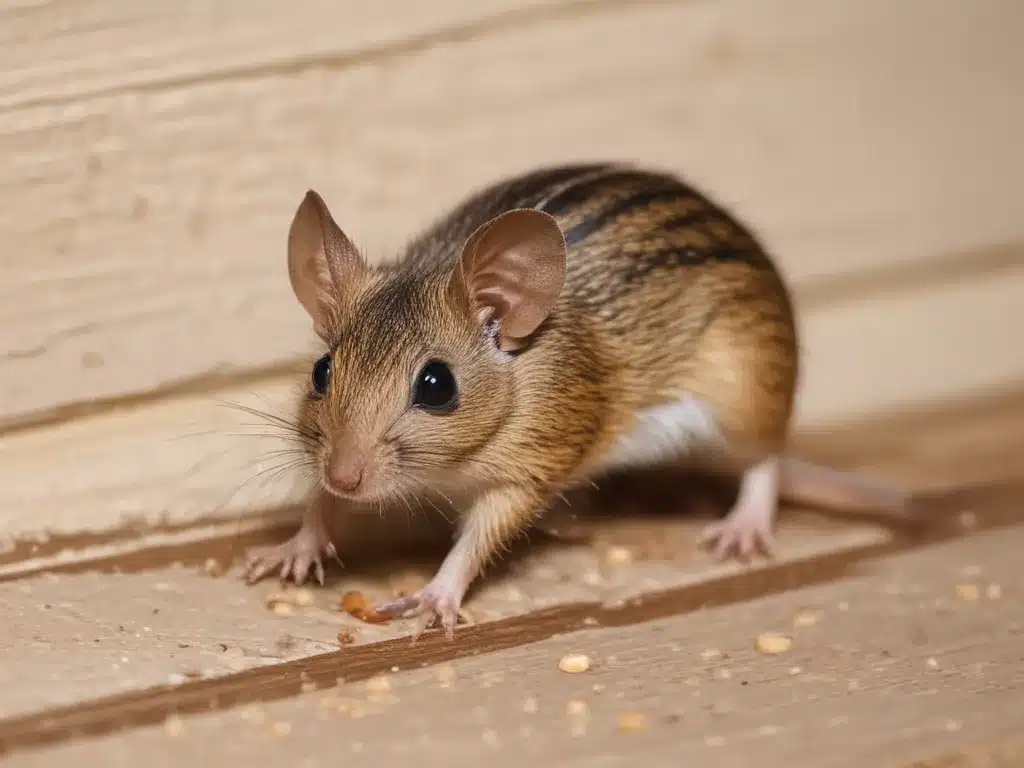Introduction
In the world of pest control, there are countless battles waged against unwanted guests invading our homes and businesses. From tiny ants to scurrying rodents, these pests can wreak havoc on our living spaces and pose serious threats to our health and well-being. As a homeowner or business proprietor, it’s essential to arm yourself with the knowledge and strategies necessary to effectively eliminate these unwelcome intruders.
Understanding the Enemy: Common Household Pests
Before we dive into the strategies for pest eradication, let’s take a moment to familiarize ourselves with some of the most prevalent pests that may be lurking in your vicinity.
Ants
Ants are among the most common household pests. They are attracted to food sources and can contaminate surfaces with their presence. There are various ant species, including carpenter ants, which can cause structural damage to your home.
Cockroaches
Cockroaches are resilient and hardy pests that can survive in almost any environment. They are known to carry bacteria and trigger allergic reactions in some individuals. German and American cockroaches are among the most commonly encountered species in homes and businesses.
Rodents
Rodents, such as mice and rats, are unwelcome guests that can spread diseases, contaminate food, and cause property damage by gnawing on various materials. They are particularly attracted to areas with easy access to food and water sources.
Bed Bugs
Bed bugs are notorious for their ability to hide in crevices and cracks, making them challenging to eliminate. They feast on human blood and can cause itchy, uncomfortable bites. Infestations can quickly escalate if left unchecked.
Preventive Measures: Keeping Pests at Bay
While eradication is essential, prevention is the key to maintaining a pest-free environment. Here are some effective preventive measures you can implement:
-
Seal Entry Points: Inspect your home or business for any cracks, gaps, or openings that could serve as entry points for pests. Seal these areas with caulk, steel wool, or other appropriate materials to prevent pests from gaining access.
-
Practice Good Sanitation: Pests are attracted to food sources and clutter. Maintain a clean and tidy environment by regularly disposing of garbage, wiping down surfaces, and storing food in airtight containers.
-
Remove Water Sources: Many pests thrive in moist environments. Eliminate sources of standing water, such as leaks, condensation, or puddles, to discourage pests from establishing breeding grounds.
-
Maintain Landscaping: Trim vegetation and keep it away from the exterior of your building. Overgrown bushes and trees can provide harboring spots for pests and facilitate their entry into your home or business.
Eradication Strategies: Taking the Fight to the Pests
When preventive measures fail, or an infestation has already taken hold, it’s time to take action. Here are some effective eradication strategies to consider:
Chemical Control
Chemical pesticides, when used responsibly and according to label instructions, can be an effective tool in pest control. However, it’s crucial to exercise caution and follow safety guidelines to minimize potential health risks and environmental impact.
Natural and Organic Methods
For those seeking more eco-friendly alternatives, there are various natural and organic methods available. These include using essential oils, diatomaceous earth, or introducing beneficial predators like ladybugs or lacewings to control specific pest populations.
Professional Pest Control Services
In cases of severe infestations or persistent pest problems, it may be advisable to enlist the services of professional pest control experts. These professionals have access to specialized equipment, techniques, and expertise to effectively address even the most challenging pest situations.
Integrated Pest Management (IPM)
IPM is a comprehensive approach that combines various methods, including monitoring, prevention, and targeted interventions. This strategy aims to minimize the use of chemical pesticides while effectively controlling pest populations through a combination of techniques tailored to the specific situation.
Case Studies and Real-Life Examples
To illustrate the effectiveness of these pest control methods, let’s explore a few real-life case studies:
-
Ant Infestation in a Residential Kitchen: By sealing entry points, practicing good sanitation, and using baits and gel treatments, a homeowner was able to successfully eliminate a persistent ant problem in their kitchen.
-
Bed Bug Outbreak in a Hotel: A luxury hotel faced a bed bug infestation that threatened their reputation. After hiring professional pest control services and implementing an IPM approach, they were able to eradicate the problem and restore customer confidence.
-
Rodent Control in a Food Manufacturing Facility: A food processing plant implemented strict sanitation protocols, sealed entry points, and utilized traps and rodenticides to address a rodent infestation that posed a significant health risk to their operations.
Conclusion
Dealing with pests can be a daunting task, but with the right knowledge and strategies, it’s possible to reclaim your living or working space from these unwanted guests. By understanding the common household pests, implementing preventive measures, and utilizing effective eradication techniques, you can take control and maintain a pest-free environment. Remember, a proactive approach and vigilance are key to ensuring long-term success in the battle against pests.







